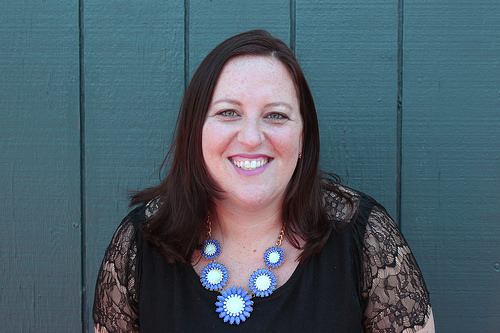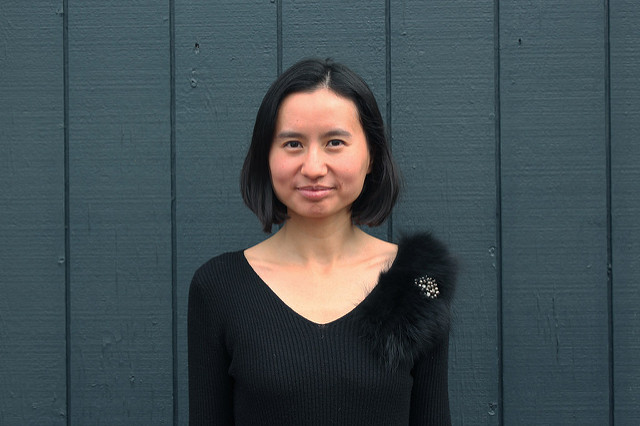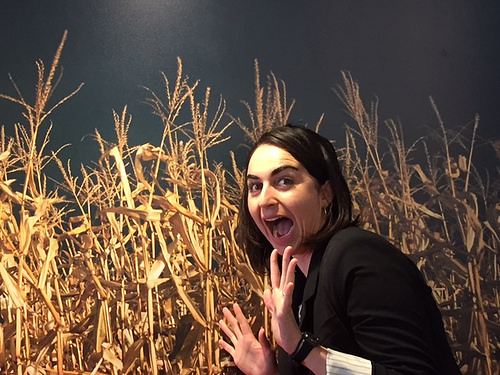In August, we conducted a survey of a subsection of people on our waitlist who monitor milk and milk product consumption. We wanted to understand for whom they monitor milk, top concerns and how often they might be negatively impacted by unintended exposure. This post serves as a companion piece of research to the survey we conducted of those avoiding peanuts.
What we find are some dramatic differences in terms of the types of reactions to milk vs. peanuts, but no fewer concerns about exposure. In fact, there's a higher rate of unintended exposure to milk and milk products than peanut. Far more people monitor dairy for themselves - notably to avoid time spent in the bathroom (see our notes on reactions below) - and truly worry about restaurants.
Where are people getting unintentionally exposed to milk?
Even more so than peanuts, nine out of 10 respondents said unintentional exposure happens at restaurants, while friends/family members' houses are slightly less worrisome for folks avoiding milk. Items like sauces, bases for cooking and other items are making their way into people’s diets and causing adverse reactions.
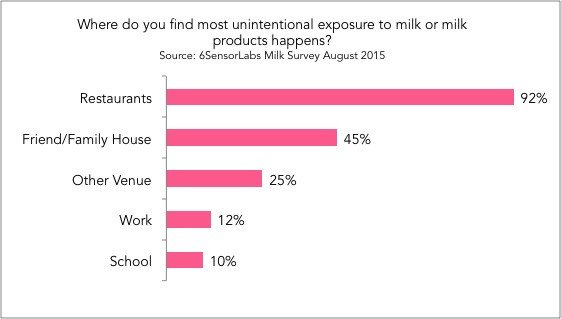
How often are people getting unintentionally exposed to milk?
Compared to people avoiding peanuts, those avoiding milk are getting zinged way more often by unintended exposure. If you compare monthly exposure rates, 57 percent of people avoiding milk are getting hit at least once a month or more vs. 18 percent for those avoiding peanuts. We can speculate as to the reasons why. It could be that milk in the form of butter, sauces and other bases is just incredibly difficult to avoid in restaurant settings. Still, it’s a warning cry that so many get sick so often.
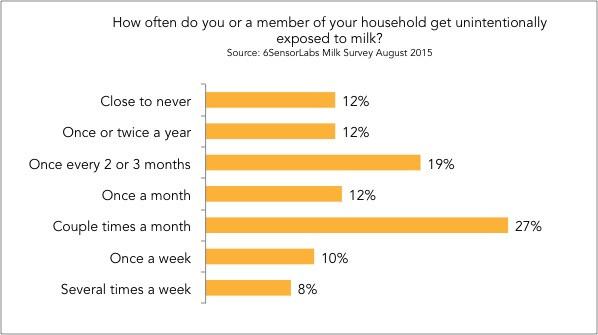
How often do people avoiding milk eat outside the home?
To that end, we wanted to understand how often people who monitored milk eat outside the home. People are eating out a couple times a month or more, more than 87 percent of the time, so this is not a group closed off to the outside world. Only 4 percent say they almost never dine out.
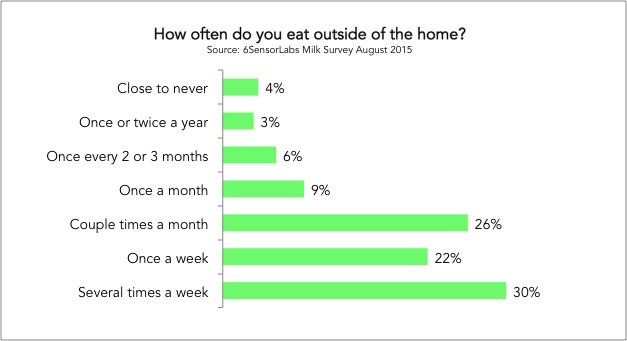
How frequently are people getting sick due to unintended milk exposure?
Forty-three percent of those who avoid milk and milk products and eat outside the home are getting sick once a month or more. Compared to people avoiding peanuts, the exposure rate is much higher (only 8 percent of people avoiding peanuts said they were getting sick once a month or more).
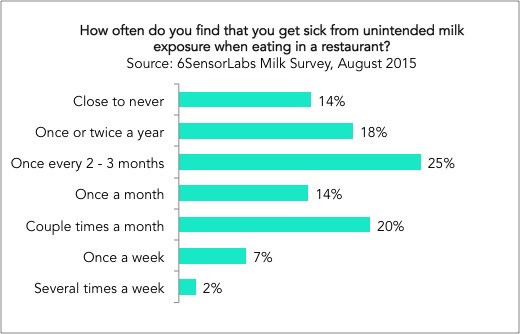
What are the foods people are most interested in testing?
Not surprising, places where milk can hide in forms like butter, cream or any additives concerned people. The highest of these concerns were sauces and soups, which can often be based on a roux or garnished with cream. Yes, that tiny bit of butter mixed with flour can make folks sick!
When we dug into other, we saw some real concerns for potential cross-contamination. Other items: anything that might be cooked on the same space where something made with dairy was cooked (cross-contamination), deli meats, smoothies, lotions, cosmetics, mashed potatoes and any meat entrée.
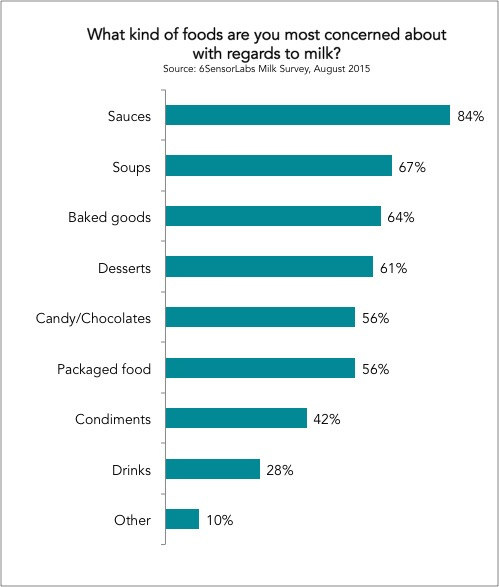
We also asked about cleansers, lotions and any manner of household products -- 67 percent would also be interested in testing these.
People are monitoring milk for…
- 91 percent - themselves
- 23 percent - their children
- 15 percent - their spouse/partner
- 5 percent - others in household
This is a contrast to peanuts, where there were more people monitoring the allergy for their children and less so for themselves.
Who has been diagnosed with a milk allergy?
Unlike peanuts we see fewer folks with a diagnosed allergy.
- 56 percent - themselves
- 32 percent - have not been diagnosed
- 15 percent - their children
- 7 percent - their spouse/partner
- 5 percent - others in household
Why do people avoid milk and milk products?
People provided a variety of reasons for avoiding milk. The main one, cited by slightly more than half of respondents, is a lactose intolerance, while allergic reactions to casein, whey or topical reactions also show up here. Other responses included non-specified autoimmune diseases, eosinophilic esophagitis, sinus infections, vegan diets, leaky gut, cross-reactivity with gluten, IBS, Crohn’s disease, Hashimoto’s, epilepsy, anti-folate antibody reaction, among others.
- 53 percent - lactose intolerance
- 47 percent - casein allergy
- 40 percent - feel better not eating milk or milk products
- 25 percent - whey allergy
- 20 percent - other
- 9 percent - topical allergy to milk or milk products
Do you ever drink milk products not from cows?
We also asked if they ever drank any milk products from animals other than cows. Seventy-two percent did not drink or eat dairy products from other animals, while 15 percent would eat foods made from goat, 4 percent from sheep and .5 percent from buffalo. Of the 8 percent who selected other, many indicated they would do goat and sheep, while a few said camel. Many still said they would do no animal products but would try almond or other nut milks.
What are typical reactions to unintended milk exposure?
Unlike peanut, where anaphylactic reactions dominated (60 percent), milk/milk products only generate the same reaction in about 9 percent of respondents. That isn’t to say that milk isn’t as dangerous, the wide range of responses show how devastating it can be to be exposed to milk products – not just the physical side effects, but also the loss of time to be with family, friends and even to work.
There was also a rise in “other” symptoms compared to peanuts – likely due to the wide variety of things that happen – a lot in the GI tract.
- 83 percent - stomach upset
- 50 percent - other
- 20 percent - hives
- 19 percent - vomiting
- 9 percent - bloody stools
- 9 percent - anaphylaxis
Other included: bloating, constipation, diarrhea, sinus, flu-like symptoms, migraines/severe headaches, mucus, oily/foul stools, lethargy, skin issues/eczema, severe/malodorous flatulence, general pain and stomach ulcers.
Fourteen percent of respondents carry an Epi-pen, with 84 percent having used it more than three months ago. The number of people carrying one for dairy is significantly lower than those who carry one for peanut allergies.
Gender
82 percent - female
18 percent - male
Age of Respondents
Average 38 years old with 77 percent between 25 and 54.
Methodology
A subsection of members of the 6SensorLabs waitlist who had indicated they avoid milk were solicited to take this survey via email.
Survey was an online survey.
Total completed surveys - 371
If you cite this data, please include: 6SensorLabs Milk and Milk Products Survey, August 2015.



